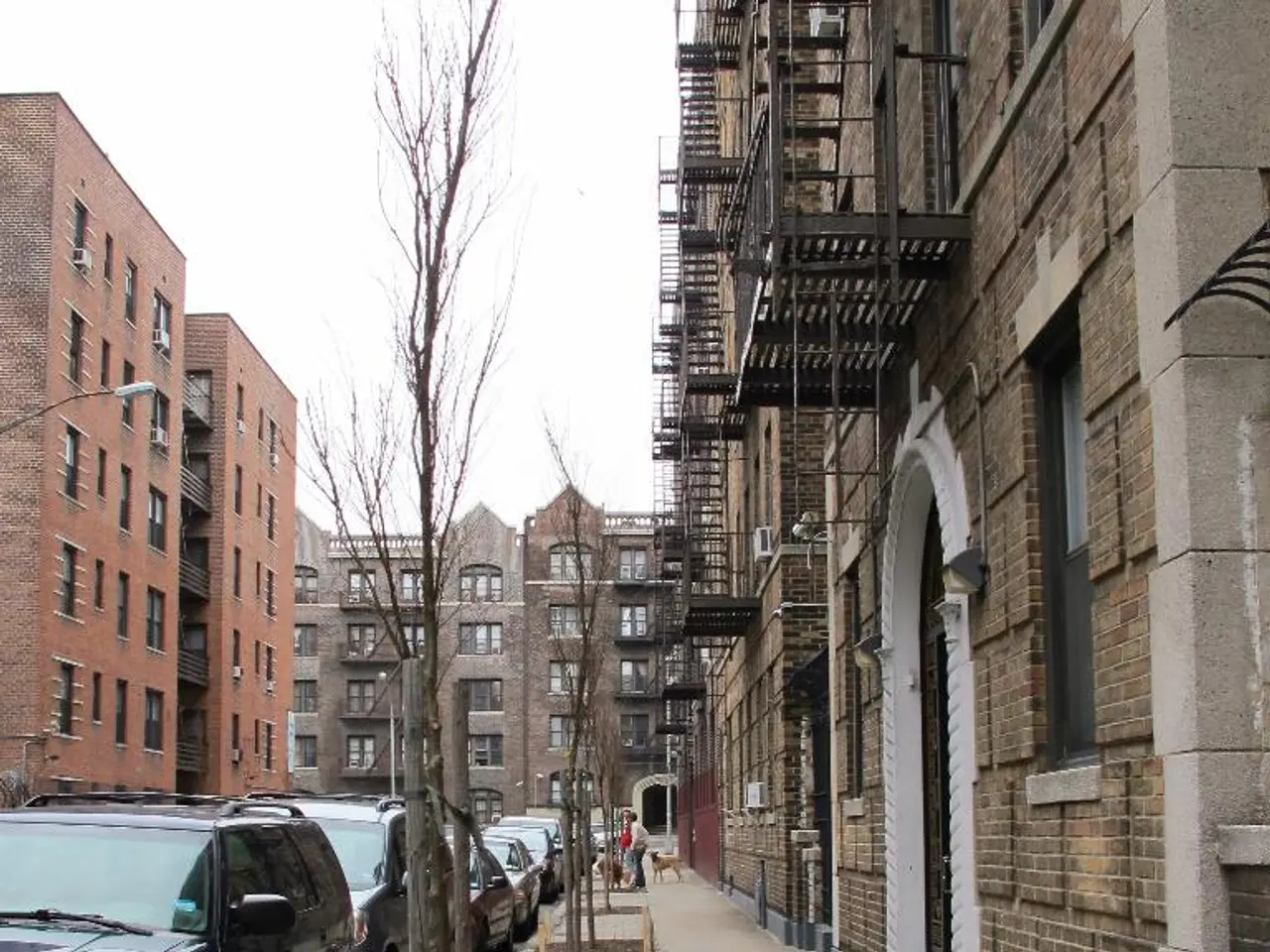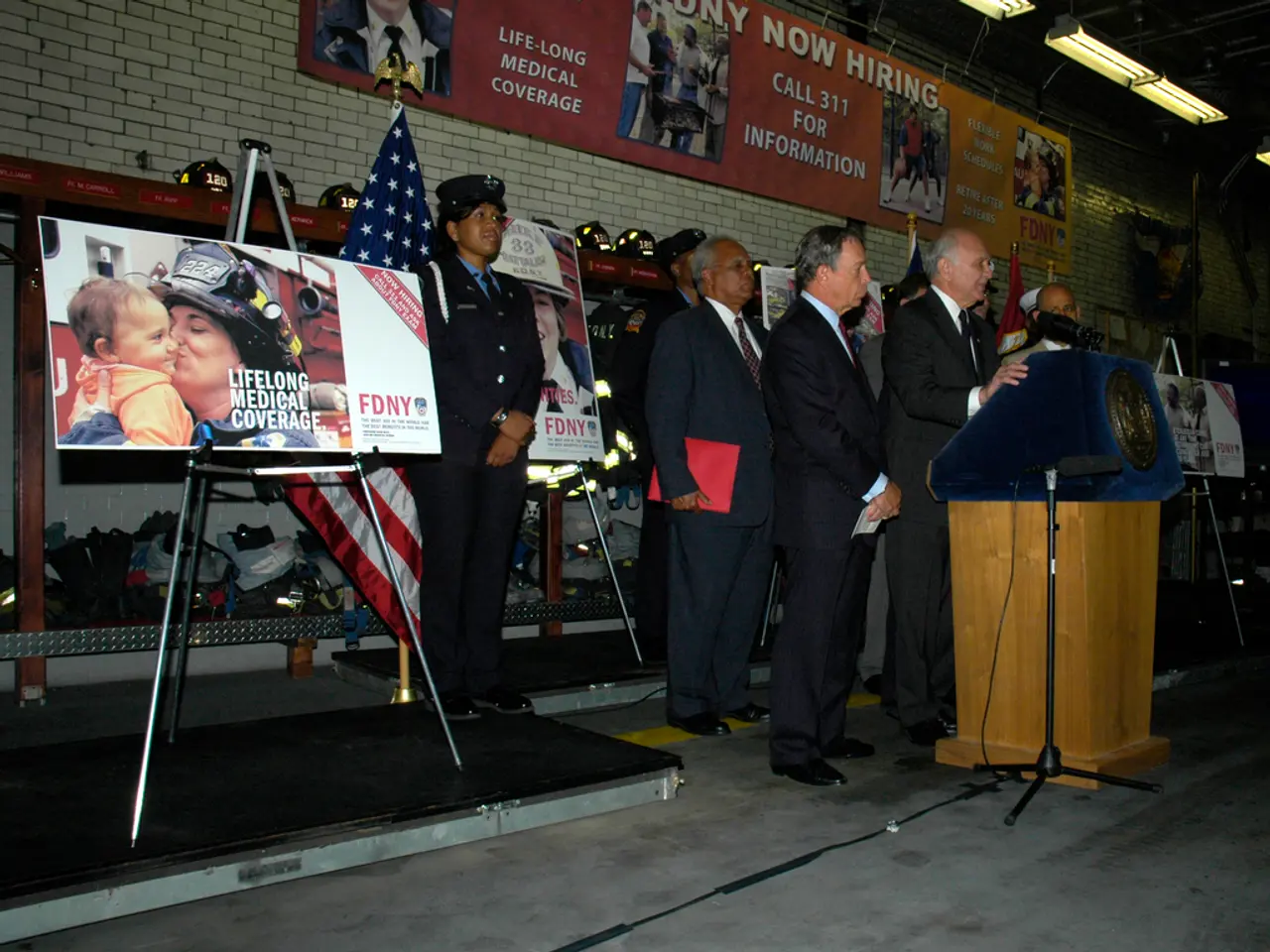Local authorities in Denmark reportedly refrain from utilizing the power to compel developers to construct bomb shelters.
In Denmark, the focus is on enhancing civil defense and emergency preparedness measures, particularly in relation to the existing defense shelters known as beskyttlesesrum. This emphasis is highlighted in a nationwide review of bomb shelters, agreed upon in May as part of a budgetary deal between the government and municipalities.
The review, eagerly anticipated by the Minister for Civil Preparedness, Torsten Schack Pedersen, is expected to provide valuable insights into the capacity and condition of the existing defense shelters across Denmark. This assessment is crucial, given the current level of threat the country faces.
Interestingly, none of the 59 Danish municipalities surveyed by DR enforce the right to have bunkers included in new development plans. However, the elected official and city mayor of Middelfart suggested that bomb shelters may need to be reconsidered in new construction projects due to the numerous regulations for new builds.
Elevator functionality, climate issues, and ensuring buildings aren't constructed too low are among the priorities ranked higher than bomb shelters in new construction projects. Johannes Lundsfryd Jensen, head of Climate and Environment at Kommunernes Landsforening (KL), stated that municipalities are currently very busy responding to cyberattacks.
Despite this, Danish municipalities do have the right to require developers to build bunkers when constructing new buildings. This requirement is linked to the Danish “civil shelter” legislation, which mandates that new residential buildings over a certain size must include reinforced shelters or bunkers to protect residents in case of emergencies such as war or disasters.
These shelters must adhere to stringent safety and air filtration standards, with features like airtight seals, overpressure systems, and HEPA filters to maintain safe air quality during emergencies. This approach is part of Denmark’s broader effort to maintain resilience and preparedness at the local government level, aligning with policies emphasizing local responsibility for disaster readiness.
However, Denmark does not have enough space in its existing bunkers and bomb shelters to accommodate the entire population. Last year, a review by the Danish Emergency Management Agency found that the country currently has space for around 3.6 million people or 61% of the population in shelters and bunkers. A joint review of the condition of the country's existing bomb shelters and bunkers is planned by the government and local authorities.
The agreement for the review states that it will consider the capacity and condition of the existing defense shelters in Denmark. The review is part of a broader effort to ensure ongoing focus on civil defence, including in relation to defense shelters, which are termed beskyttlesesrum in Danish.
[1] [Source] [2] [Source]
- Despite the ongoing concerns about war and conflicts, elevators and climate issues are prioritized over reconsidering bomb shelters in new construction projects, with municipalities in Denmark currently very busy responding to cyberattacks instead.
- Politicians are actively debating the need to reintroduce bunkers into new development plans, as the current state of the existing defense shelters called beskyttlesesrum in Danish is under review, with a focus on their capacity and condition.
- Despite the critical importance of the review, there are concerns that Denmark does not have enough space in its existing bunkers and bomb shelters to accommodate the entire population, with only around 3.6 million people or 61% of the population having allocated space.







